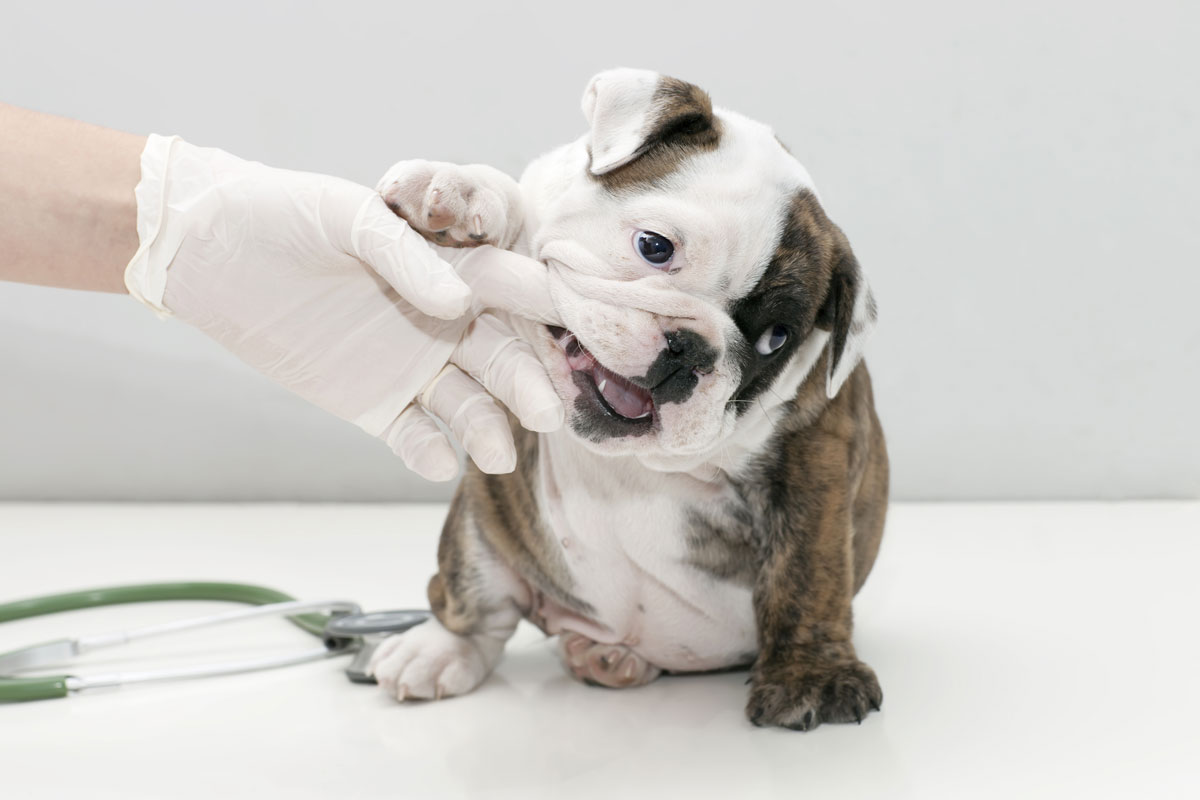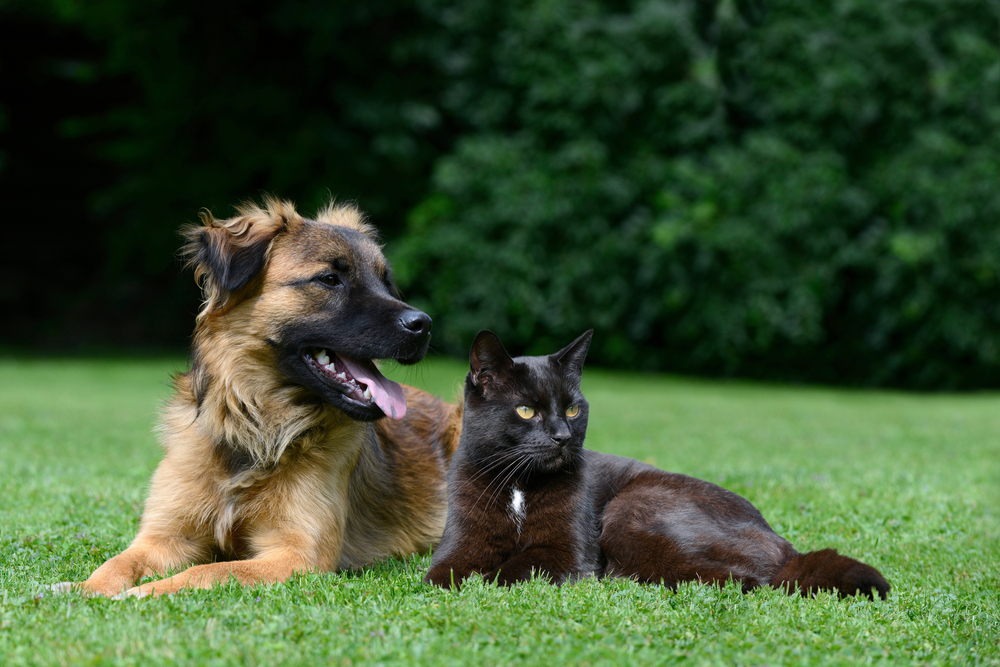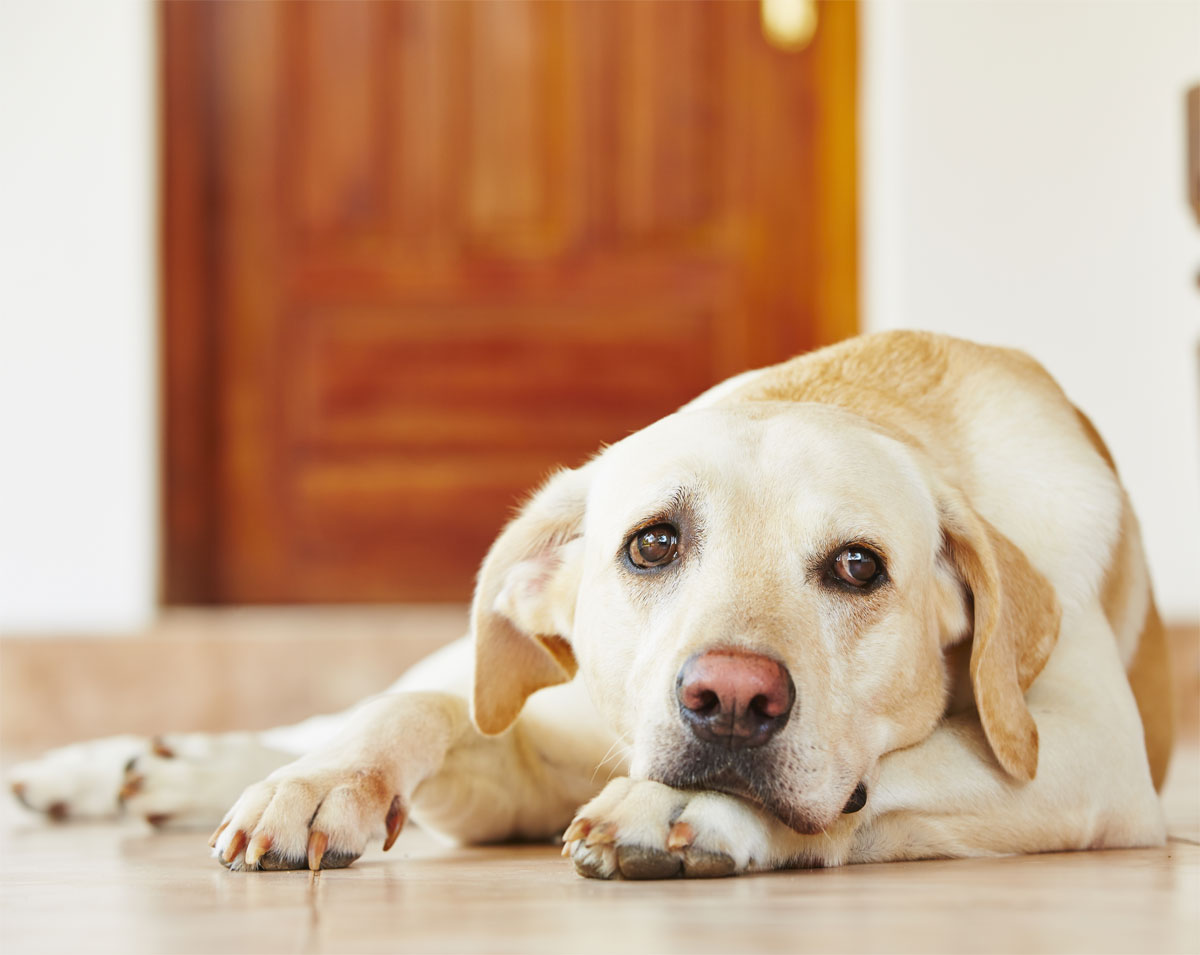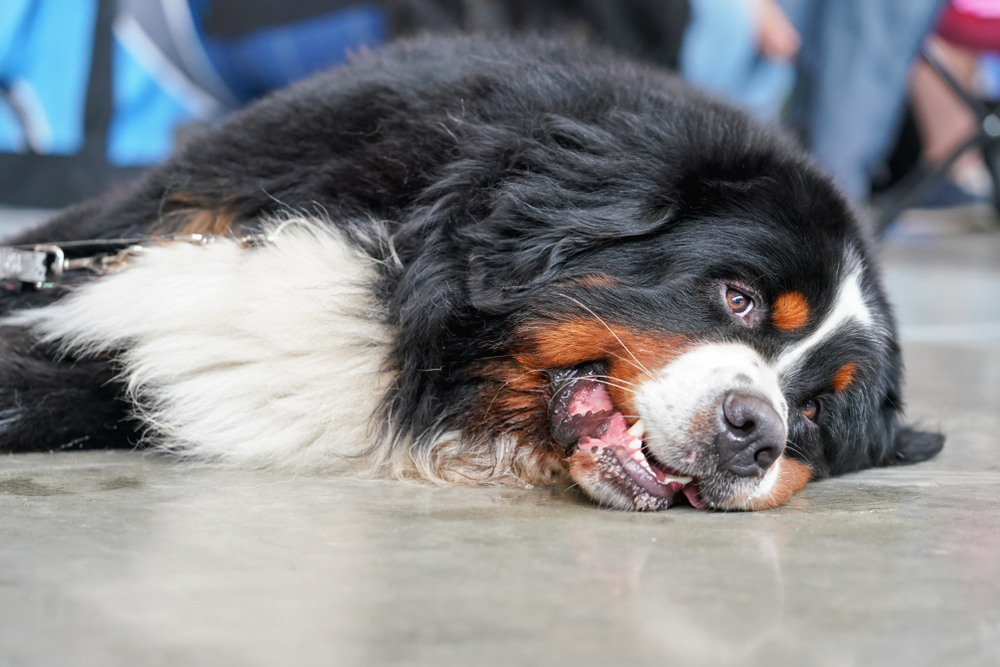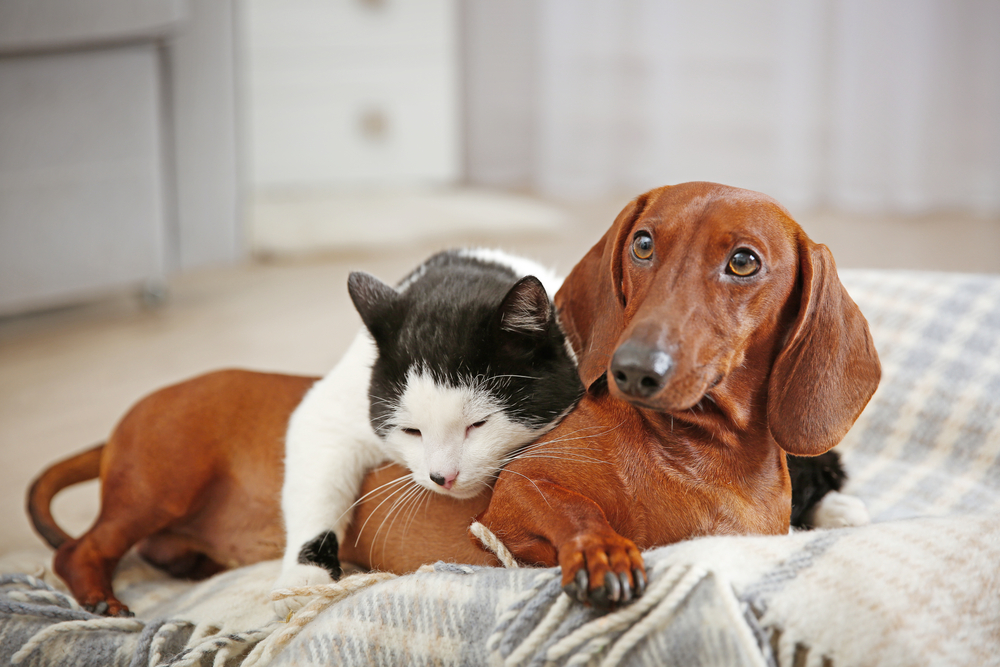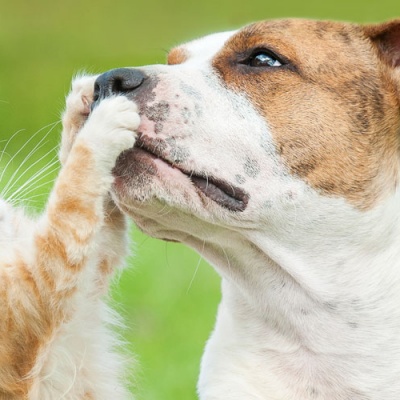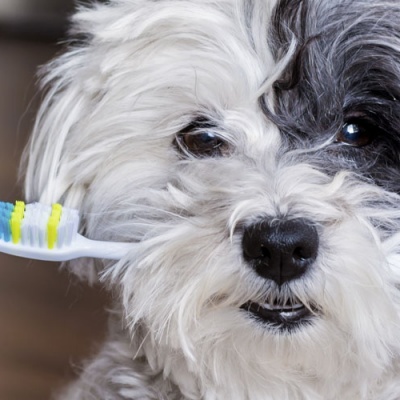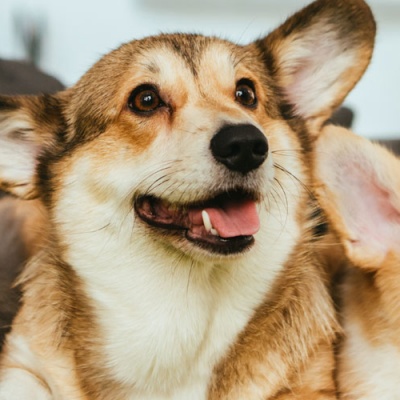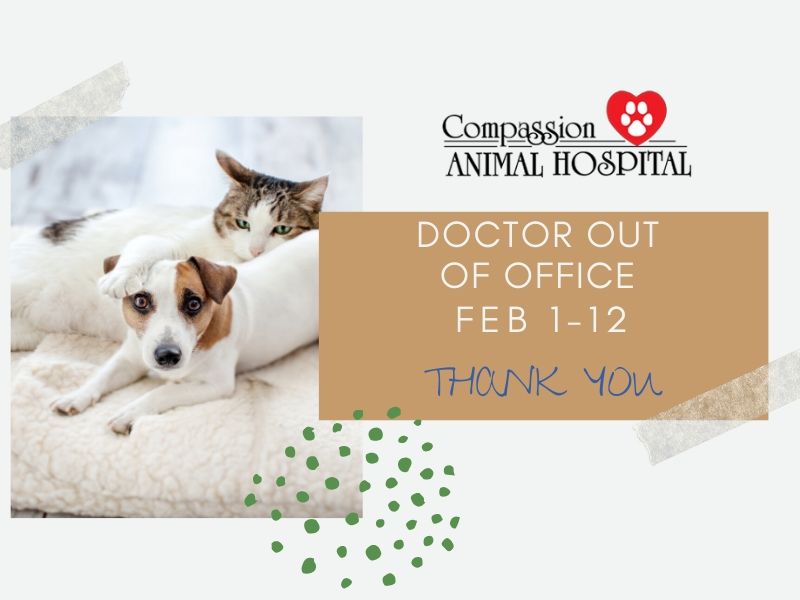
How to Keep Your Pet Safe Around Wildlife
Here in Colorado, we all know that we’re lucky to live in such a beautiful part of the world with nature at our doorsteps. However, having nature so nearby also means that wildlife and potential dangers are close, too. As a result, it’s necessary for pet owners to take some precautions to keep their pets safe from wild animals in our area.
8 Tips for Protecting Pets from Wildlife
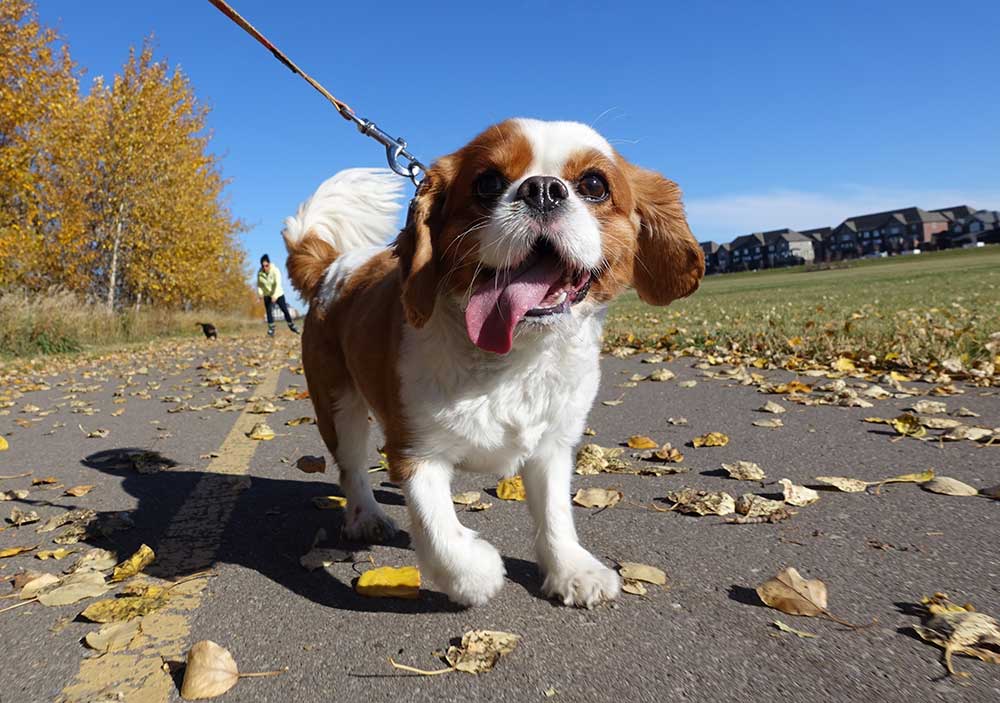
1. Vaccines
Keep your pet’s vaccines current. Vaccines protect pets from diseases that wildlife spread like rabies and leptospirosis.
2. Minimize Risk
Garbage bins, food and water bowls, and pet waste all attract wildlife to your yard. Keep stinky skunks, hungry bears, and other predators at bay by eliminating these attractants.
3. Don't Leave Pets Unattended
If you live in an area where wildlife roams free, don’t leave your pets unattended. They could become a coyote’s, mountain lion’s, or even an eagle’s prey. (Especially true for small dogs and cats.)
4. Use Your Pet's Leash
When hiking or camping with your pet, be sure to use a leash — especially if your pet has a strong scent or prey drive. Without a leash, your pet could be walking beside you on the trail one moment, and sprinting off in pursuit of a small critter the next.
5. Consider Rattlesnake Avoidance Training
This special training helps teach dogs to avoid snakes by training them not to dig or stick their noses into the kinds of places where dangerous rattlesnakes like to sleep.
6. Avoid High-Risk Times and Areas
Predatory wildlife is most active at dusk and dawn. It’s safest to keep your pets indoors or close by during these times of the day.

7. Prevent Parasites
When you think of wildlife, you probably don’t think about fleas and ticks, but where wildlife roam, these parasites also run rampant. Avoid brushy areas and protect your pet with parasite preventatives.
8. Be Prepared
When you’re out for a walk or in nature for a hike, be prepared to defend yourself against an unexpected attack from an aggressive dog or a wild animal. Be sure to carry bear spray at all times and make plenty of noise while you walk so that you avoid surprising any bears that might be just around the corner on a trail.

Update Vaccines and Parasite Prevention
Before you go exploring with your pet, schedule an appointment at Compassion Animal Hospital in Woodland Park. We’ll update your pet’s vaccines and recommend a thorough parasite prevention routine to keep your pet safe in the great outdoors.








